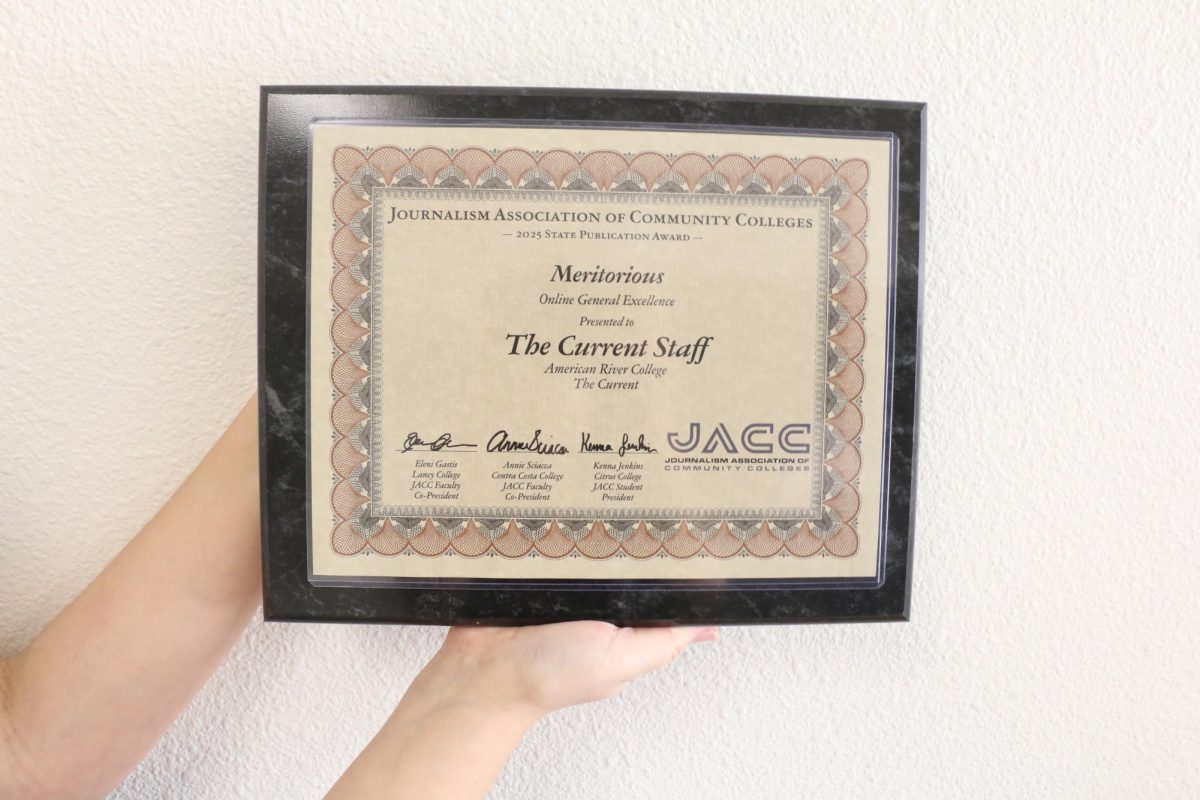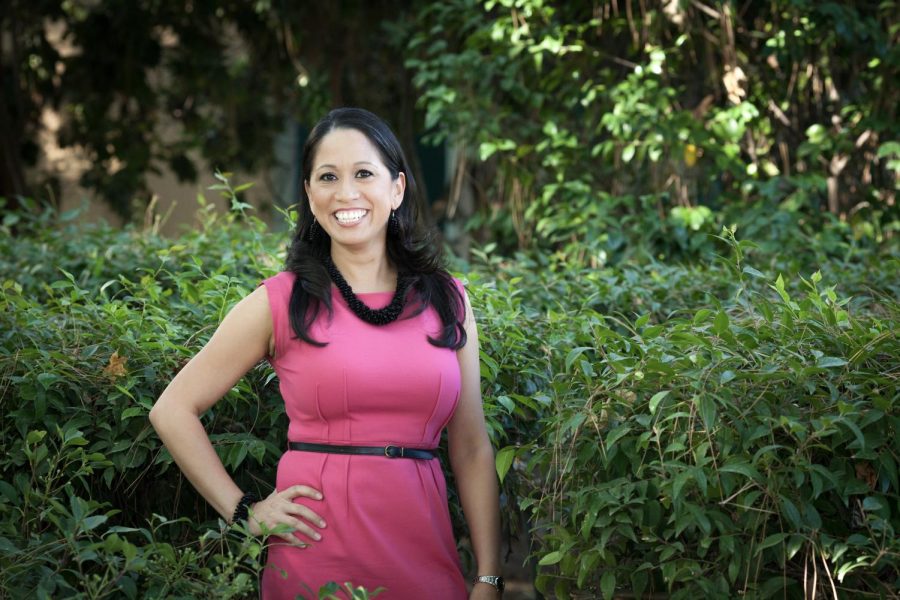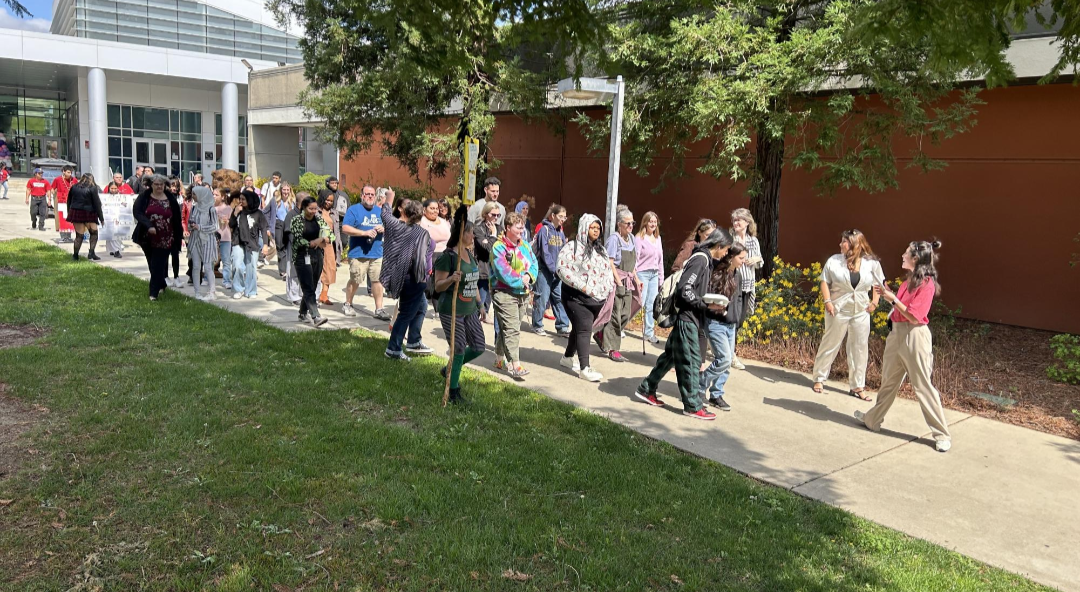By Jorden Hales and Barbara Harvey
In the midst of California’s driest year since 1895, Gov. Jerry Brown declared a statewide drought emergency in a press conference on Jan. 17 and is urging all Californians to conserve water “in every way possible.”
Several rivers and reservoirs are at record lows, including the American River, which is running at its lowest point in 21 years. Ninety percent of California is experiencing drought conditions and the state could soon face drinking water shortages, wildfires and economic impacts, primarily surrounding the state’s massive agricultural industry.
In Sacramento, where the lack of precipitation has extended to record-breaking streak of more than 50 days, the City Council has made water conservation mandatory, setting a 20 to 30 percent reduction requirement for all residents and businesses, and will also be enlisting a task force to enforce this new policy.
At American River College, drought conditions have become a concern for students and faculty, particularly in the Natural Resource Department, where the insufficient growth of certain plants and vegetation may affect students’ ability to do case studies.
“It’s going to impact a lot of our classes like, this class in particular, ‘Wildflowers (of California).’ We’re not going to have any spectacular displays (to study),” said Jennifer Neale, chair of the Natural Resources Department. “We’ve been talking about it in all our classes,” she said.
With relatively small amounts of rain, Neale cites residential use of water and maintenance of grass lawns one of the primary ways in which Californians have been wasting water.
“The average Californian puts a lot of water just out on their landscaping,” she said. “You picture a typical house with a green lawn that they have water to maintain … if you took out that lawn and put in a bunch of drought tolerant, flowering perennials you’d never have to water them.”
According to Neale, plants native to California use one-seventh the water required to maintain grass and other typical landscapes.
As stated in the proclamation issued by Gov. Brown, “State agencies, led by the Department of General Services, will immediately implement water use reduction plans for all state facilities. These plans will include immediate water conservation actions, and a moratorium will be placed on new, non-essential landscaping projects at state facilities and on state highways and roads.”
University of California President Janet Napolitano released a statement on Thursday, pledging that the UC system would voluntarily aim to reduce per-capita water use by 20 percent within the next seven years, hoping to “(demonstrate) water sustainability solutions to the rest of the state.”
“We’ve been trying to bring this campus (and sister campuses) to a green focus for a number of years,” said acting ARC President Pam Walker.
Walker states that the Los Rios district has been proactive in finding ways to be more efficient with its water use, prior to the drought and will continue to do so.
“There may be additional options the district can use, putting in sensors and things like that, they’re looking at every possible scenario,” Walker added.













